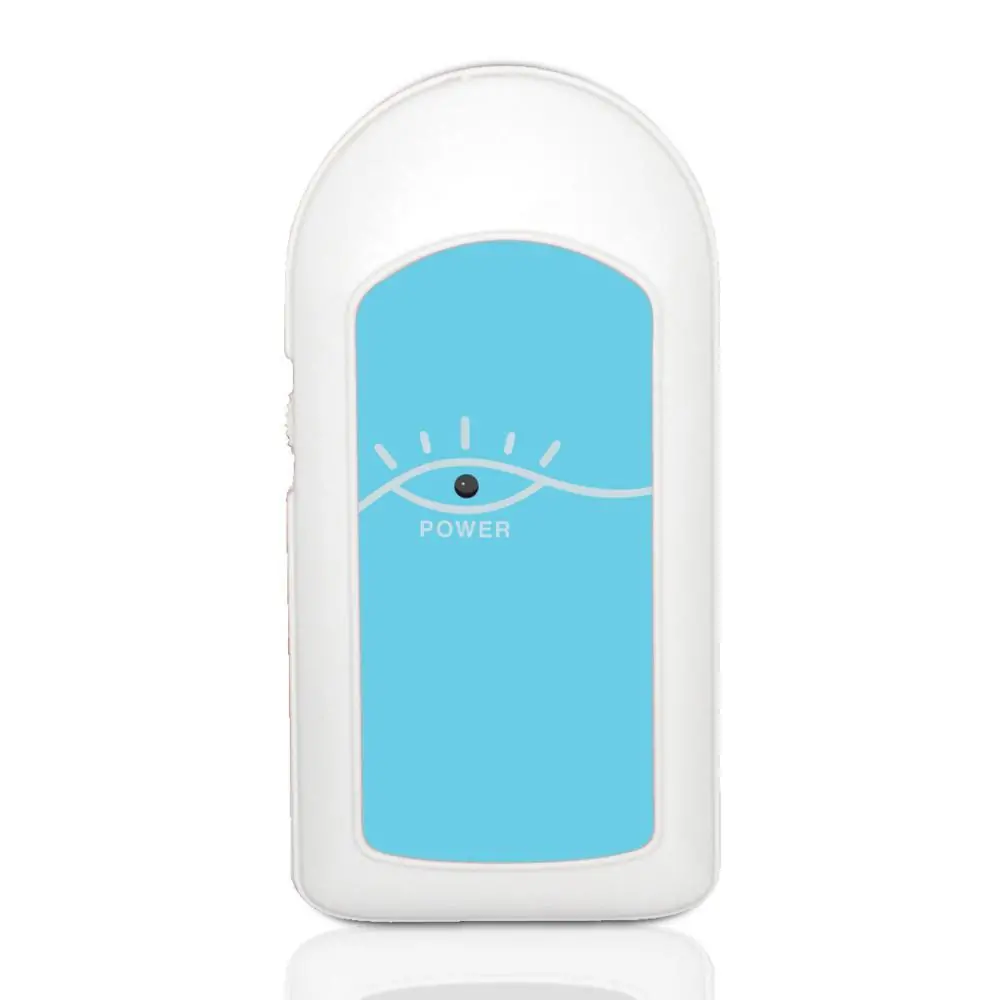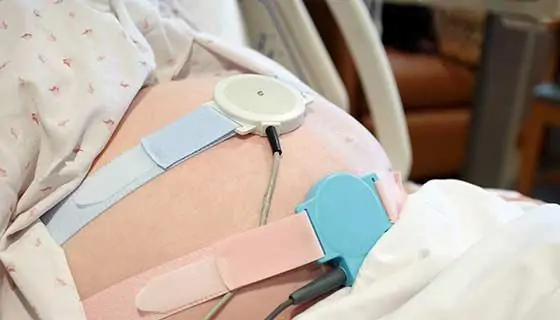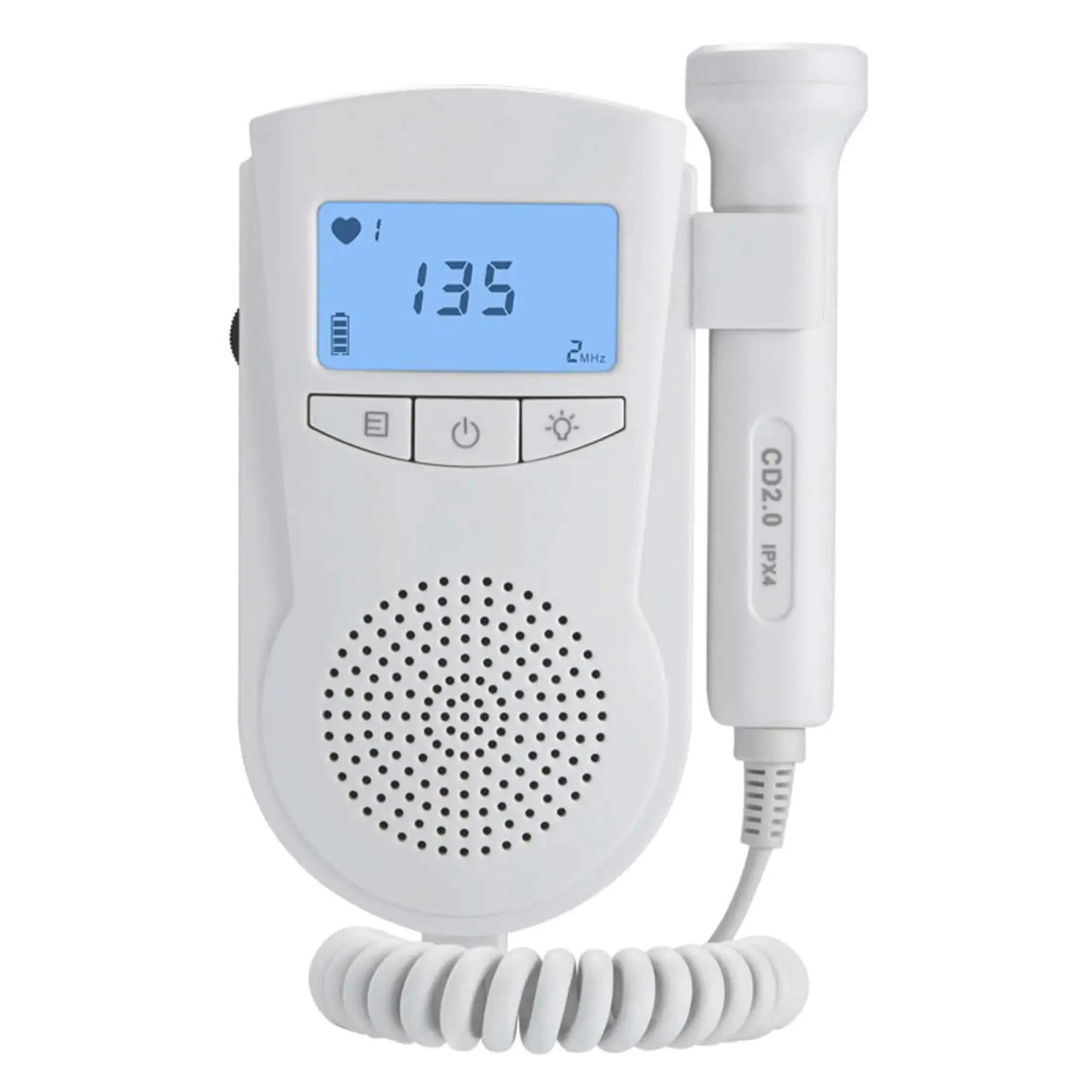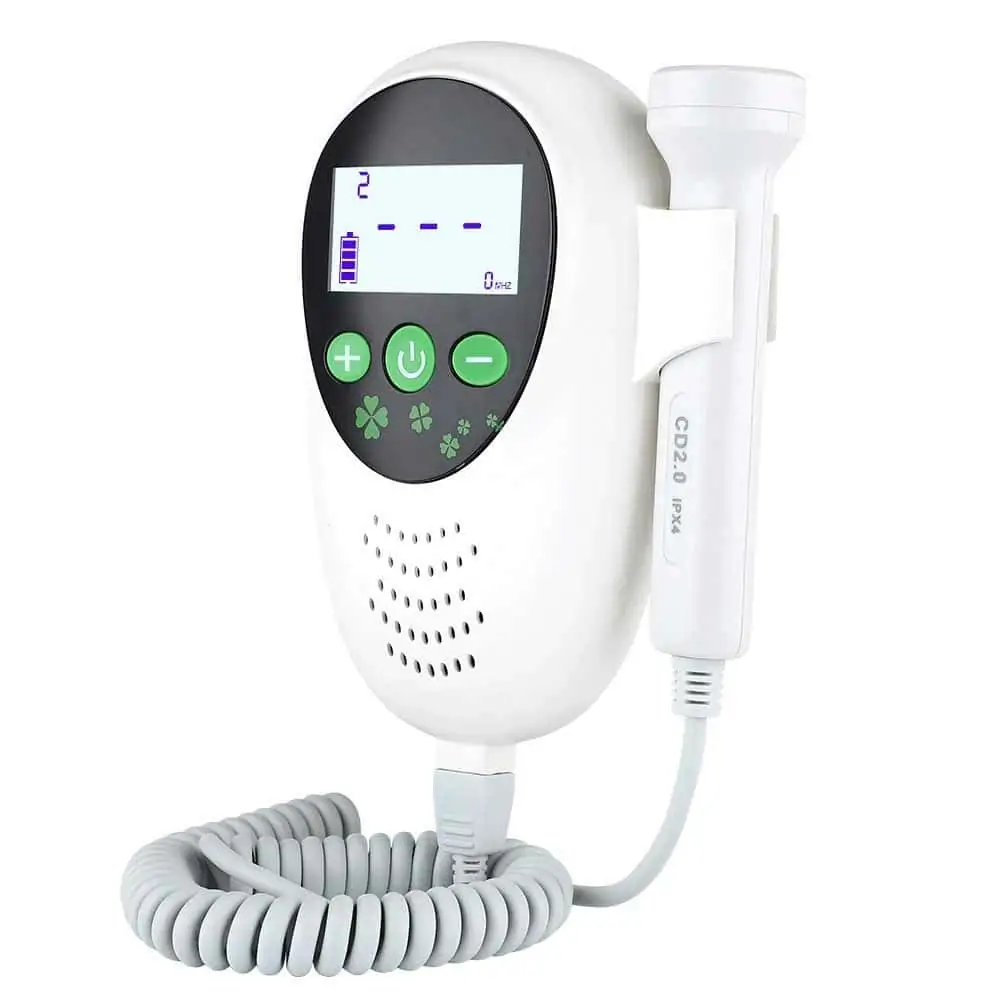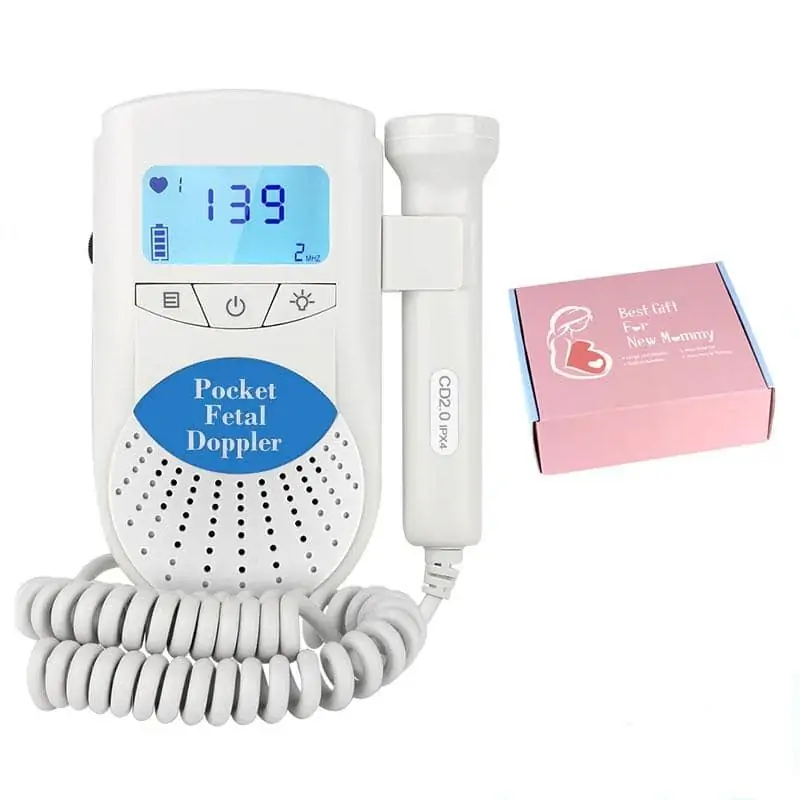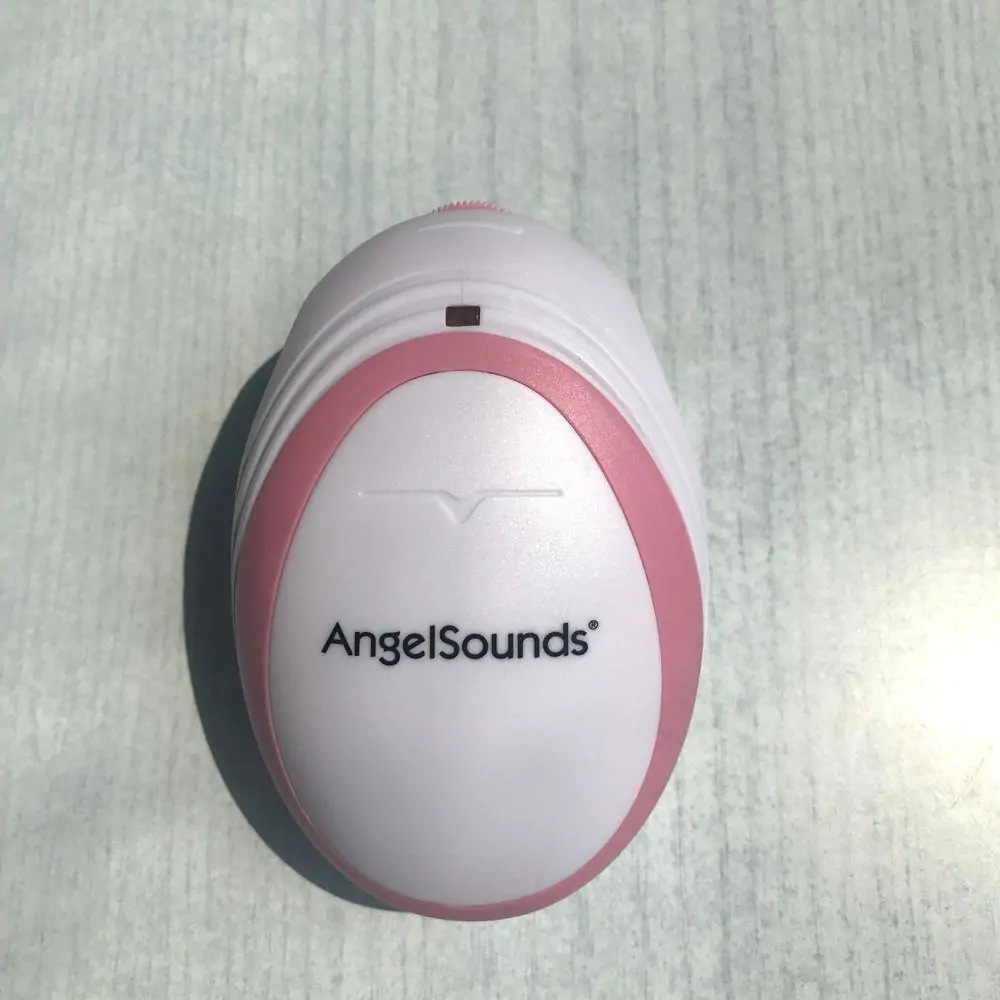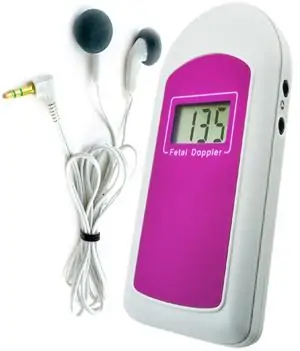Baby Fetal Monitor: The Essential Guide to Early monitoring Leave a comment
Baby Fetal Monitor
Introduction
Pregnancy is a miraculous journey filled with anticipation and excitement, but it can also bring uncertainty, especially regarding your baby’s health. This is where a baby fetal monitor comes into play—helping parents-to-be gain insight into their baby’s well-being. In this complete guide, we will explore the various types of fetal monitors, their benefits, practical tips for use, and even some personal stories to illustrate their importance in prenatal care.
What is a Baby Fetal Monitor?
A baby fetal monitor is a medical device used to assess the fetal heart rate and other vital signs during pregnancy. These monitors are crucial for tracking your baby’s well-being and can help detect any potential complications early.
Types of Baby Fetal Monitors
-
- External Fetal Monitors:
– These monitors are typically used during prenatal checkups. They consist of a belt with sensors that you place around your belly.
-
- Internal Fetal Monitors:
– Used in more advanced settings, internal monitors provide more precise readings. A small electrode is attached directly to the baby’s scalp.
-
- Home Fetal Monitors:
- These devices allow parents to monitor fetal heartbeats from home, offering peace of mind in a comfortable setting.
Benefits of Using a Baby Fetal Monitor
Using a fetal monitor has numerous advantages that contribute to the health and safety of both mother and baby. Here are some key benefits:
1. Early Detection of Complications
Fetal monitors can alert healthcare providers to potential issues such as fetal distress, allowing for timely interventions.
2. Improved Peace of Mind
For expectant parents, the ability to hear their baby’s heartbeat fosters a strong emotional bond. Continuous monitoring when prescribed can significantly alleviate anxiety.
3. Data for Better Health Decisions
Fetal monitors provide data that can guide your healthcare provider in making informed decisions about your prenatal care plan.
4. Convenience of Home Monitoring
Home fetal monitors empower parents to check their baby’s heart rate in a non-invasive and stress-free surroundings.
Practical Tips for Using a Baby Fetal Monitor
Selecting the Right fetal Monitor
When choosing a fetal monitor, consider the following:
-
- Type of Monitor: Decide between external, internal, or home fetal monitors based on your comfort level and health needs.
-
- Features: Look for monitors with Wi-Fi capabilities, heart rate tracking, and user-amiable interfaces.
How to Use a Home Fetal Monitor
-
- Find a Relaxed Position: Ensure you’re sitting or lying down comfortably.
-
- Apply the Gel (If Required): Some monitors require a conductive gel for better sensor accuracy.
-
- Position the Monitor: Place the monitor on your abdomen and move it around gently until you detect the heartbeat.
-
- Listen and Record: Once you hear your baby’s heartbeat, take note of the beats per minute (BPM).
Remember
-
- Always consult with your healthcare provider if you have any concerns about using a fetal monitor.
-
- Monitoring should complement, not replace, regular prenatal check-ups.
Case Studies: Real-Life Experiences with Fetal Monitoring
Case Study 1: Early Detection of Distress
Sarah, a first-time mother, used an external fetal monitor during her prenatal visits. one day, the monitor detected an unusually low heartbeat, prompting her healthcare team to investigate further. They discovered an issue with the umbilical cord that required immediate attention. Thanks to the monitor, Sarah received timely care, leading to a successful delivery.
Case Study 2: Empowering Home Monitoring
Emily found comfort in her home fetal monitor. With a busy schedule and anxiety about her pregnancy, she used the monitor several times a week, which helped her bond with her baby. The insights she gained provided reassurance, and she felt her bonding experience enhanced her connection with her unborn child.
First-Hand Experience: What Parents Are Saying
“Having a fetal monitor made my pregnancy a lot less stressful. Just hearing that heartbeat made everything feel more real. It truly was a godsend!” – Jessica, new mom
“I was hesitant to use a home monitor at first, but it gave me such peace of mind. I loved that I could check on my baby while lounging in my living room.” – Claire, second-time mom
Common Myths About Fetal Monitoring
Myth 1: Fetal Monitors Are only for High-Risk Pregnancies
While high-risk pregnancies benefit significantly from continuous monitoring, many healthy pregnancies can also benefit from routine checks.
Myth 2: Monitoring Is Always Painful
Most external fetal monitoring is painless, as it typically involves non-invasive sensors placed on the belly.
Myth 3: Home Monitors Are Inaccurate
While it’s essential to follow guidelines and consult your doctor, many home monitors are designed for accuracy and are reliable, especially for speedy checks.
Conclusion
A baby fetal monitor serves as an invaluable tool for expectant parents, providing insights that contribute to a healthy pregnancy and identifying potential complications early. Weather you opt for a home monitor or regular prenatal monitoring, understanding its use and purpose can make a meaningful difference in your pregnancy journey. Always consult with your healthcare provider to determine which monitoring options are best for you and your baby.
Investing in a fetal monitor not only enhances parental peace of mind but also fortifies the bond between parents and their little ones during the crucial developments in the womb. Embrace this chance to nurture your baby’s health and your emotional well-being!







